
Rating of the Best Upper Echelon Digital-to-Analog Converters
Which DAC Seems to be the Best Choice for an Audiophile in 2025?
20.01.2025 08:49 | ~3 minutes read
It is digital audio technology that is developing at the fastest pace, so even a savvy audiophile can easily get lost in the sea of offers. Want to understand which newest digital-to-analog converter deserves attention if you are really sensitive to sound quality? Our buyer's guide to DACs of the beginning of 2025 will help.
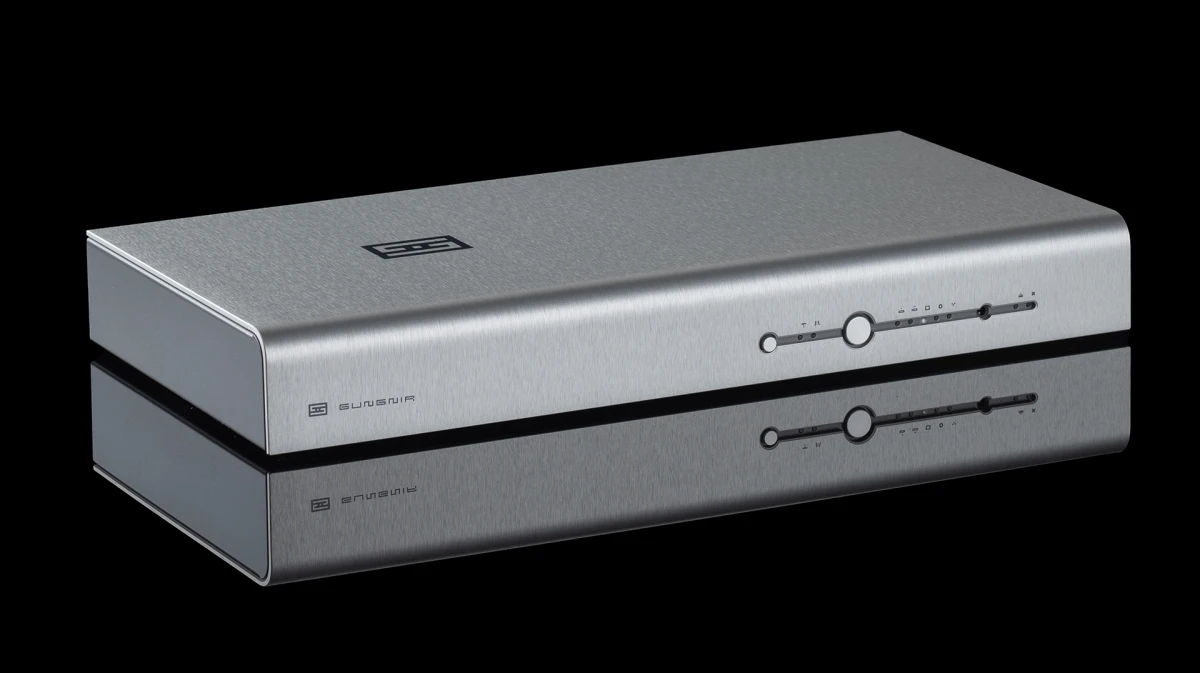
Schiit Audio Gungnir 2
Pros - surprisingly detailed sound
The latest version of the Gungnir 2 DAC has been radically rethought in comparison with the first version of the device. The Gungnir 2 offers truly “mature” sound with an abundance of detail and crystal clear presentation, which does not fit with the price of the device. From an engineering point of view, everything is fine - Multiform balanced multibit architecture. (four medical or defense grade DAC8812C D/A and time- and frequency-optimized digital filter managed on an Analog Devices SHARC DSP running 8X oversampling; non-oversampling mode also exists), two USB inputs (one high-rate Unison 384), and a completely modular design.
Specifications
This product is in the Hi-Fi and High End Electronics and Acoustics database
DACs — Schiit Audio Gungnir 2
Model name
Gungnir 2
Conversion type
Schiit Multiform
Engine
4 x Texas Instruments DAC8812C
DSD compatability
N/A
Parameters
up to PCM 32/384
Frequency response low +/- 3dB (Hz)
20
Frequency response high +/- 3dB (Hz)
20000
Gain (dBu)
N/A
Output Level (balanced) (V)
N/A
Output Level (single-ended) (V)
N/A
Input Impedance (balanced) (Ω)
N/A
Input Impedance (single-ended) (Ω)
N/A
Output Impedance (balanced) (Ω)
75
Output Impedance (single-ended) (Ω)
75
Analog outputs
N/A
Signal to Noise Ratio (dB)
112
Total Harmonic Distortion + Noise (% at 22 kHz)
0.0008
Dimensions (mm)
40.64 x 20.32 x 5.08
Weight (kg)
5.47
Official link
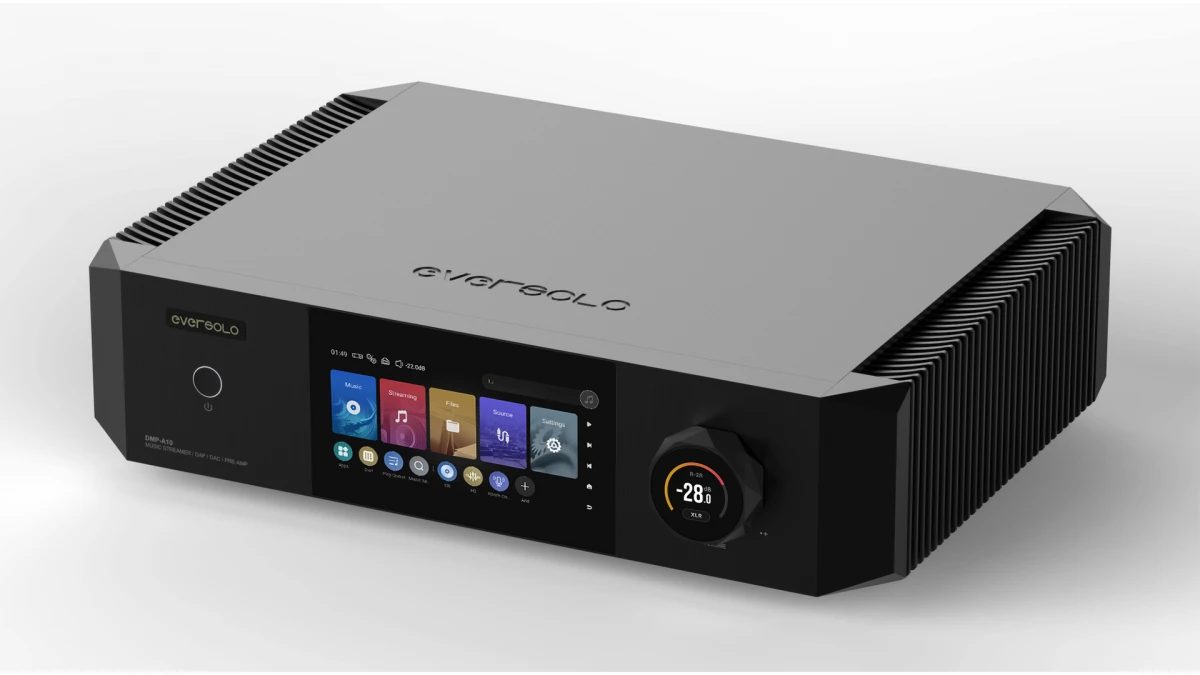
Eversolo DMP-A10
Pros – great functionality, solid sound
DAC from Eversolo, which replaced the well-known DMP-A8 model. The fully balanced Eversolo DMP-A10 has a built-in streaming module (there is support for streaming services such as Tidal, Spotify, Deezer, etc.), a pre-amplifier unit with an equalizer and its own room acoustics correction technology. Information about albums is displayed on a gorgeous 6.5” built-in display – it’s a pleasure to operate the new product (the proprietary Global Music Search function is especially impressive, which allows you to search for music on several streaming platforms at once). The ESS ES9039PRO chip and armor-piercing design (the record-breaking signal-to-noise ratio of 130 dB seems like a real deal) guarantee a natural and harmonious sound delivery.
Specifications
This product is in the Hi-Fi and High End Electronics and Acoustics database
DACs — Eversolo DMP-A10
Model name
DMP-A10
Conversion type
N/A
Engine
ES9039 Pro
DSD compatability
Yes
Parameters
up to PCM 32/768 and DSD512
Frequency response low +/- 3dB (Hz)
20
Frequency response high +/- 3dB (Hz)
20000
Gain (dBu)
N/A
Output Level (balanced) (V)
4.2
Output Level (single-ended) (V)
2.1
Input Impedance (balanced) (Ω)
N/A
Input Impedance (single-ended) (Ω)
N/A
Output Impedance (balanced) (Ω)
N/A
Output Impedance (single-ended) (Ω)
N/A
Analog outputs
N/A
Signal to Noise Ratio (dB)
130 - 129
Total Harmonic Distortion + Noise (% at 22 kHz)
0.000078 - 0.00009
Dimensions (mm)
N/A
Weight (kg)
N/A
Official link
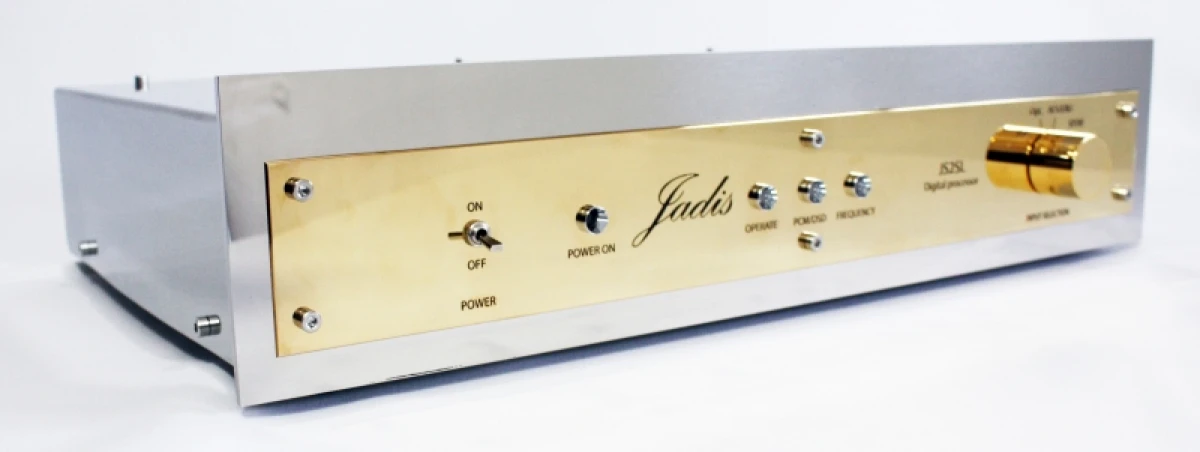
Jadis Electronics JS2 SL
Pros - the purest "mercury" sound
The updated Jadis Electronics JS2 SL tube DAC is now based on the flagship Sabre ES9038PRO DAC chips from ESS Technology, using 32-bit Hypertream technology. The new DAC is equipped with four digital inputs controlled by a microcontroller and is capable of decoding digital streams in PCM format with parameters up to 24/192 from all inputs (or DSD only via USB). The heart of the system is a balanced tube cascade with a cathode follower on four double ECC82 triodes. The power supply uses a large power transformer with an E-shaped core, providing a significant power reserve. The model demonstrates a truly rich and powerful sound with a natural timbre picture, a genuine black tone and excellent separation.
Specifications
This product is in the Hi-Fi and High End Electronics and Acoustics database
DACs — Jadis Electronics JS2 SL
Model name
JS2 SL
Conversion type
N/A
Engine
ES9038pro
DSD compatability
Yes
Parameters
up to PCM 24/192 and DSD
Frequency response low +/- 3dB (Hz)
N/A
Frequency response high +/- 3dB (Hz)
N/A
Gain (dBu)
N/A
Output Level (balanced) (V)
N/A
Output Level (single-ended) (V)
N/A
Input Impedance (balanced) (Ω)
N/A
Input Impedance (single-ended) (Ω)
N/A
Output Impedance (balanced) (Ω)
N/A
Output Impedance (single-ended) (Ω)
N/A
Analog outputs
N/A
Signal to Noise Ratio (dB)
N/A
Total Harmonic Distortion + Noise (% at 22 kHz)
N/A
Dimensions (mm)
290 x 440 x 105
Weight (kg)
8
Official link
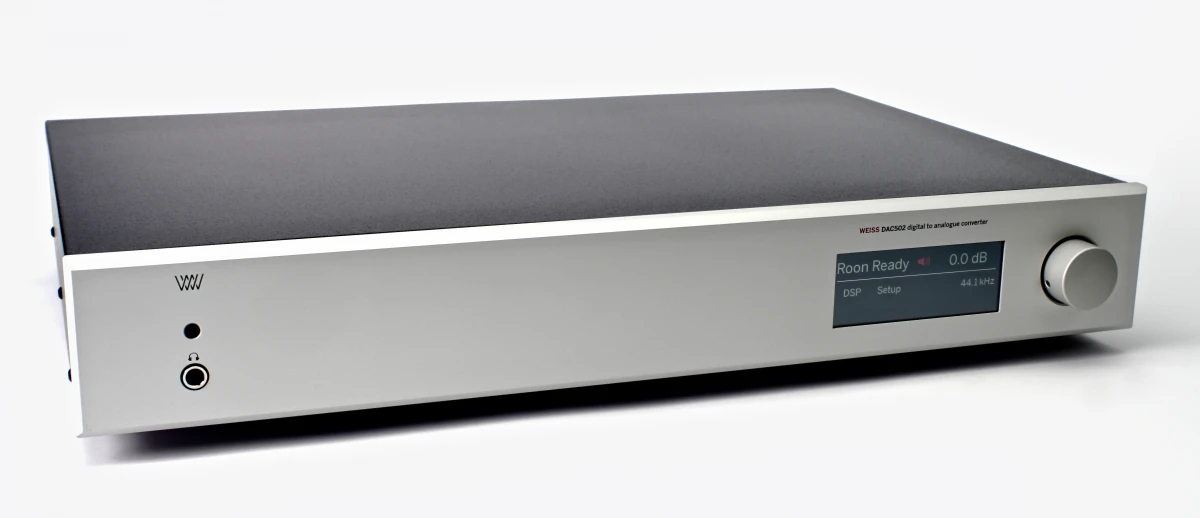
Weiss Engineering DAC502
Pros – incredible performance characteristics, glossy presentation and amazing microdynamics
Many experts call Weiss Engineering DAC502 the standard in the world of modern digital audio, and we completely agree with this. The device uses a pair of 32-bit ESS Sabre chips and an analog power supply of excess power with dedicated stabilizers for each part of the circuit. The network switch is implemented on an electronic relay, there are two network transformers, separately for each channel. The device accepts signals up to PCM 32/384, DSD128 and clearly shows what the power and strength of High End sound is, which is hard to tear yourself away from. The device's measurements correspond to the reference level.
Specifications
This product is in the Hi-Fi and High End Electronics and Acoustics database
DACs — Weiss Engineering DAC502
Model name
Weiss DAC502
Conversion type
N/A
Engine
N/A
DSD compatability
Yes
Parameters
up to PCM 32/384 and DSD128
Frequency response low +/- 3dB (Hz)
20
Frequency response high +/- 3dB (Hz)
20000
Gain (dBu)
N/A
Output Level (balanced) (V)
7.957 (selectable)
Output Level (single-ended) (V)
3.98 (selectable)
Input Impedance (balanced) (Ω)
N/A
Input Impedance (single-ended) (Ω)
N/A
Output Impedance (balanced) (Ω)
N/A
Output Impedance (single-ended) (Ω)
N/A
Analog outputs
N/A
Signal to Noise Ratio (dB)
N/A
Total Harmonic Distortion + Noise (% at 22 kHz)
0.00014
Dimensions (mm)
450 x 300 x 66
Weight (kg)
5
Official link
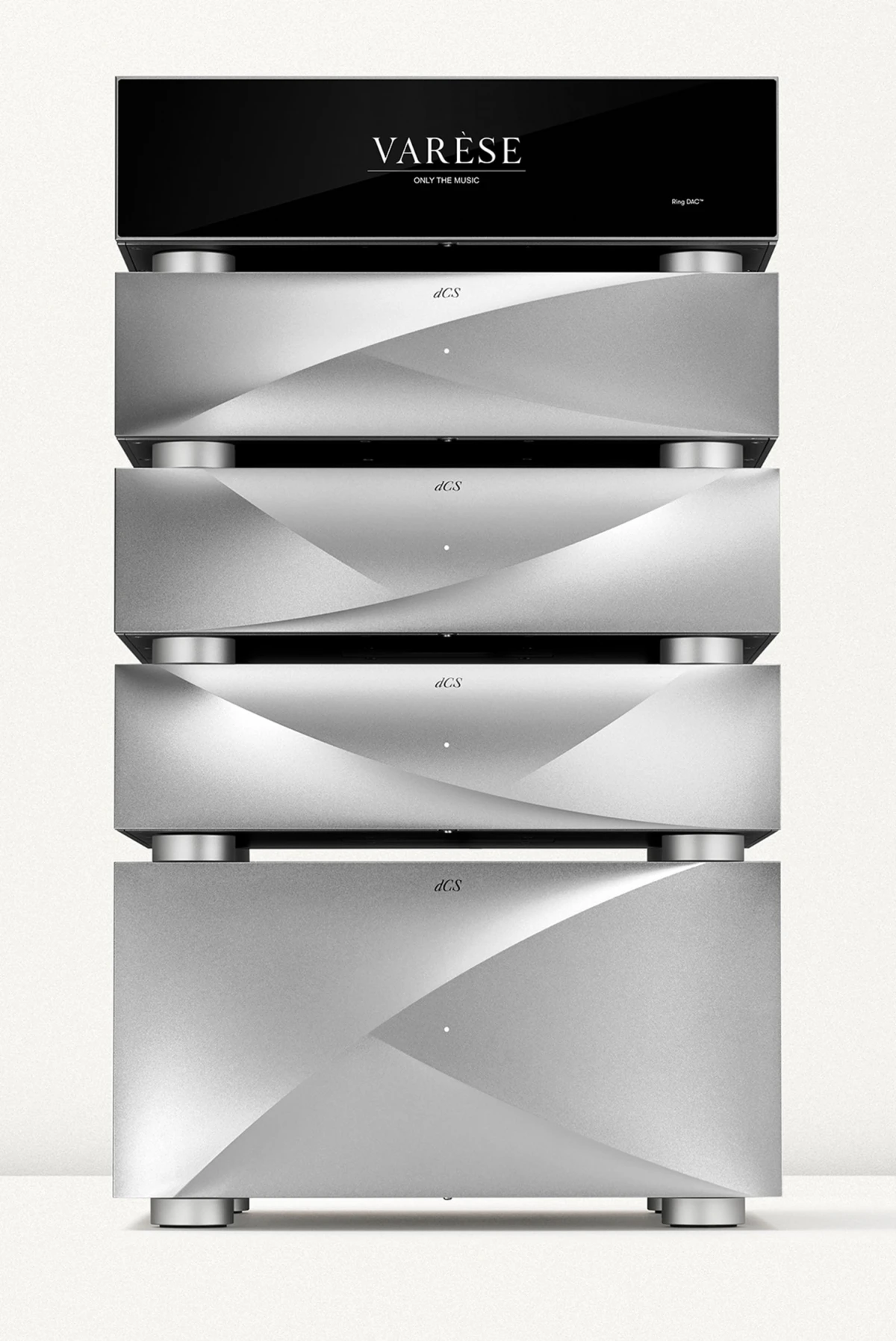
dCS Varèse
Pros – no words here!
For $305,000, you can expect a dream come true - and the ultimate D/A-conversion system from dCS is ready to offer such an approach. With dCS Varèse, the company is aiming for a level of audio quality that surpasses anything it has ever created. Varèse is made up of five components: the main streaming and processing unit, two mono DACs (one for each audio channel), a dedicated user interface unit, and an external clock generator for all components of the system, with an SACD/CD optical disc transport to follow later this year. At the heart of this ambitious project is a suite of new technologies, including the biggest update to the company’s Ring DAC architecture in a decade. It also features a new proprietary dCS Tomix clocking technology and a special interface for transmitting audio, control, and clock signals between components called Actus, which helps reduce jitter while improving linearity, reducing noise, and eliminating crosstalk.
Specifications
This product is in the Hi-Fi and High End Electronics and Acoustics database
DACs — dCS Varèse
Model name
Varèse
Conversion type
N/A
Engine
Ring DAC
DSD compatability
Yes
Parameters
N/A
Frequency response low +/- 3dB (Hz)
N/A
Frequency response high +/- 3dB (Hz)
N/A
Gain (dBu)
N/A
Output Level (balanced) (V)
N/A
Output Level (single-ended) (V)
N/A
Input Impedance (balanced) (Ω)
N/A
Input Impedance (single-ended) (Ω)
N/A
Output Impedance (balanced) (Ω)
N/A
Output Impedance (single-ended) (Ω)
N/A
Analog outputs
N/A
Signal to Noise Ratio (dB)
N/A
Total Harmonic Distortion + Noise (% at 22 kHz)
N/A
Dimensions (mm)
N/A
Weight (kg)
N/A
Official link
More content
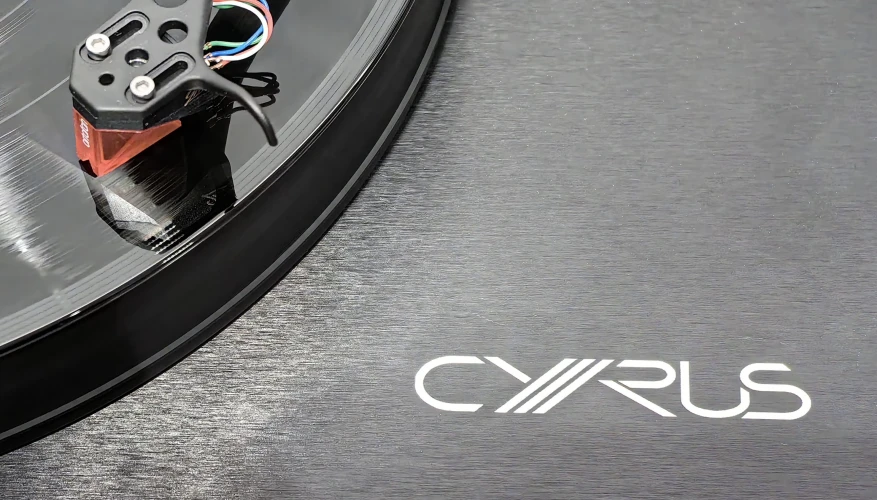
Cyrus TTP Turntable review – 24 Kilograms of Force in a Compact Case
An Impressive Vinyl Turntable from the UK
The first and only turntable in the model range of the famous British company Cyrus, the Cyrus TTP Turntable fits perfectly with the rest of the company's models range (from the Classic PHONO to the Cyrus Classic or XR preamplifiers or integrated amplifiers) and offers extraordinary playback quality in its price category. We tested the turntable and studied it in all details - let's understand both the design of the player and its musical capabilities.

How to Choose an Audiophile Subwoofer - 2025 Rating
Thunderbolts of Sound
While a standard stereo system typically uses a pair of full-range loudspeakers, triphonic solutions, focused on acoustics with limited bass extension, supplemented by an active subwoofer, are gaining popularity. In this expert analytical material, you will find seven subwoofers specially selected by the editors - suitable specifically for music installations. The rating starts with relatively inexpensive devices and ends with genuine High-End.

Choosing a High-End Stereo Power Amplifier - 2025 Rating
Muscles for Audiophiles
A component system is the alpha and omega of a High-End system, and a stereo power amplifier is its heart. It is the power amp that is responsible for revealing the talents of the acoustic systems, controls the speakers and forms the foundation of the system's sound signature. Our new selection contains eight of the latest exceptionally powerful extra-class amplifiers - from High-End devices to the stunning Ultra High-End echelon. So, how to choose an amplifier that can handle any speakers is a solved problem.

Top 10 Best TWS Headphones of 2025 – Audiophile Guide
Which True Wireless Headphones to Choose in Terms of Sound Quality
TWS headphones have become an integral part of our lives – but, as usual, we are interested in Hi-Fi and High-End models that can satisfy the needs of audiophiles. It is not always possible to sit in front of a home system – or take large-sized overhead headphones on the road. TWS models have made a quantum leap in terms of music reproduction quality – and the ten models presented below can satisfy even the most demanding music lovers.

The Future of High-End Loudspeakers
A Visionary Look at the Next Generation of Audiophile Sound
Beryllium tweeters, first introduced into speakers in the 70s of the XX century, are back in fashion - and have become much more technologically advanced. What can I say about beryllium, now diamond diaphragms are also in use - even on midrange drivers. That's not even mentioning carbon fiber cones, iron-free magnet systems, or zirconium baskets. What does the future hold? In this article, we'll look at modern acoustics design ideas, analyze new technology trends, talk about innovative loudspeakers designs, and more. We'll also consider how acoustics can evolve their designs in the next decade and beyond.


